Best greenhouse for hot, arid, windswept city apartment rooftop
14 years ago
Related Stories
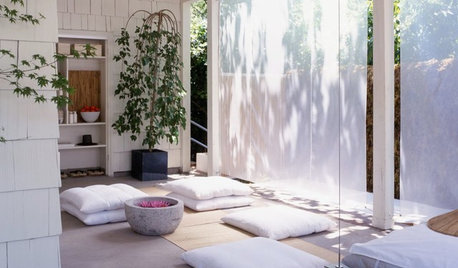
DREAM SPACESIf You Could Choose One Dream Space ...
Yoga room, wine cellar, infinity pool or tricked-out garage — which of these luxurious rooms would be at the top of your list?
Full Story
LANDSCAPE DESIGNIs It Time to Consider Fake Grass?
With more realistic-looking options than ever, synthetic turf can be a boon. Find the benefits and an installation how-to here
Full Story
GREEN BUILDINGHouzz Tour: Going Completely Off the Grid in Nova Scotia
Powered by sunshine and built with salvaged materials, this Canadian home is an experiment for green building practices
Full Story
FUN HOUZZHouzz Call: Tell Us About Your Dream House
Let your home fantasy loose — the sky's the limit, and we want to hear all about it
Full Story
LANDSCAPE DESIGNHow to Move Water Through Your Landscape
Swales, underground pipes or a mix of both: There’s more than one way to distribute water in the garden
Full Story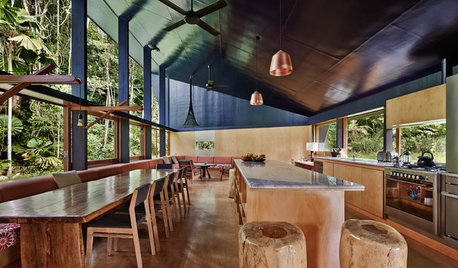
HOUZZ TOURSWorld of Design: 9 Energy-Smart Australian Homes
With their innovative features and diverse surroundings, these 9 award-winning homes have struck gold on the Aussie design stage
Full Story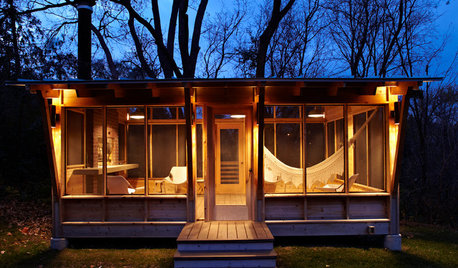
OUTBUILDINGS10 Cool Ideas for Backyard Retreats and Playhouses
Get away from it all without packing a bag, by setting up an outbuilding tailored to your imagination
Full Story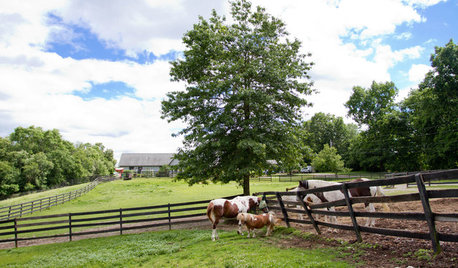
HOUZZ TOURSHouzz Call: Show Us Your Farmhouse!
Bring on the chickens and vegetable patches. If your home speaks country, it might appear in a featured ideabook
Full StoryMore Discussions




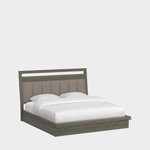


Steven Laurin & Company
garyfla_gw
Related Professionals
Foothill Ranch Landscape Architects & Landscape Designers · Glassmanor Landscape Architects & Landscape Designers · Quincy Landscape Architects & Landscape Designers · Tomball Landscape Architects & Landscape Designers · Fort Myers Landscape Contractors · Kaysville Landscape Contractors · Manhattan Landscape Contractors · Pleasanton Landscape Contractors · Pompton Lakes Landscape Contractors · Raleigh Landscape Contractors · San Carlos Park Landscape Contractors · Bel Air Solar Energy Systems · Peabody Solar Energy Systems · Mill Valley Solar Energy Systems · East Hanover Solar Energy SystemsnanooxOriginal Author
nanooxOriginal Author
garyfla_gw
stompoutbermuda